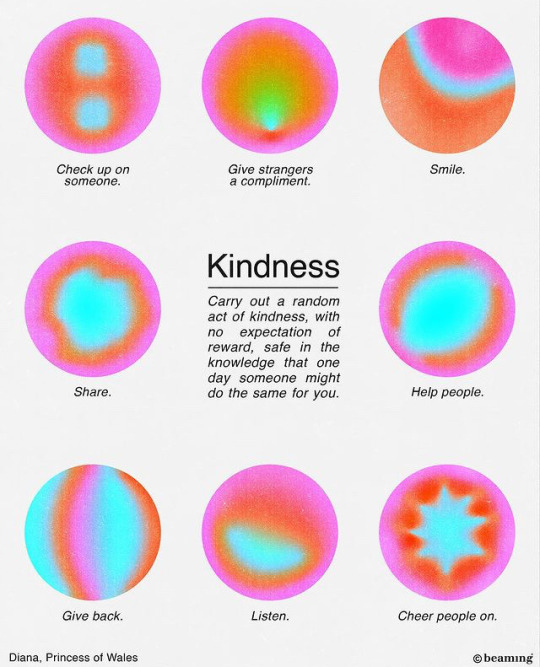Don't wanna be here? Send us removal request.
Text
2 notes
·
View notes
Text
This industry is messed up 😢
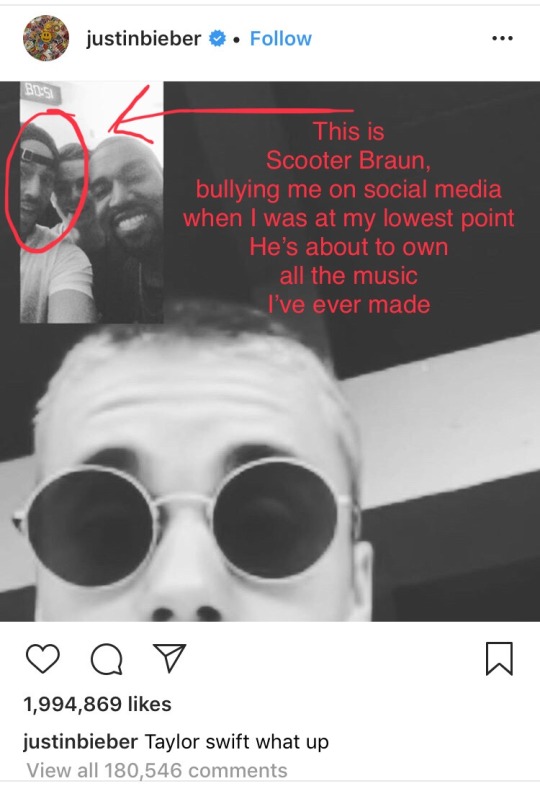
For years I asked, pleaded for a chance to own my work. Instead I was given an opportunity to sign back up to Big Machine Records and ‘earn’ one album back at a time, one for every new one I turned in. I walked away because I knew once I signed that contract, Scott Borchetta would sell the label, thereby selling me and my future. I had to make the excruciating choice to leave behind my past. Music I wrote on my bedroom floor and videos I dreamed up and paid for from the money I earned playing in bars, then clubs, then arenas, then stadiums.
Some fun facts about today’s news: I learned about Scooter Braun’s purchase of my masters as it was announced to the world. All I could think about was the incessant, manipulative bullying I’ve received at his hands for years.
Like when Kim Kardashian orchestrated an illegally recorded snippet of a phone call to be leaked and then Scooter got his two clients together to bully me online about it. (See photo) Or when his client, Kanye West, organized a revenge porn music video which strips my body naked. Now Scooter has stripped me of my life’s work, that I wasn’t given an opportunity to buy. Essentially, my musical legacy is about to lie in the hands of someone who tried to dismantle it.
This is my worst case scenario. This is what happens when you sign a deal at fifteen to someone for whom the term ‘loyalty’ is clearly just a contractual concept. And when that man says ‘Music has value’, he means its value is beholden to men who had no part in creating it.
When I left my masters in Scott’s hands, I made peace with the fact that eventually he would sell them. Never in my worst nightmares did I imagine the buyer would be Scooter. Any time Scott Borchetta has heard the words ‘Scooter Braun’ escape my lips, it was when I was either crying or trying not to. He knew what he was doing; they both did. Controlling a woman who didn’t want to be associated with them. In perpetuity. That means forever.
Thankfully, I am now signed to a label that believes I should own anything I create. Thankfully, I left my past in Scott’s hands and not my future. And hopefully, young artists or kids with musical dreams will read this and learn about how to better protect themselves in a negotiation. You deserve to own the art you make.
I will always be proud of my past work. But for a healthier option, Lover will be out August 23.
Sad and grossed out,
💔
Taylor
125K notes
·
View notes
Video
vimeo
Dont Look Back Teaser from Blue Ocean Entertainment Films on Vimeo.
Teaser for upcoming film Don't Look Back. From Zohra Bhatti Productions, Blue Ocean Entertainment Films and Lamissah La-Shontae Productions
4 notes
·
View notes
Text
A Wrinkle in Space-Time: The Eclipse That “Proved” Einstein Right
One hundred years ago a total solar eclipse turned an obscure scientist into a household name. You might have heard of him — his name is Albert Einstein. But how did a solar eclipse propel him to fame?
First, it would be good to know a couple things about general relativity. (Wait, don’t go! We’ll keep this to the basics!)
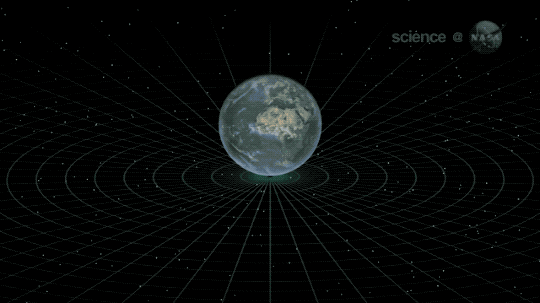
A decade before he finished general relativity, Einstein published his special theory of relativity, which demonstrates how space and time are interwoven as a single structure he dubbed “space-time.” General relativity extended the foundation of special relativity to include gravity. Einstein realized that gravitational fields can be understood as bends and curves in space-time that affect the motions of objects including stars, planets — and even light.
For everyday situations the centuries-old description of gravity by Isaac Newton does just fine. However, general relativity must be accounted for when we study places with strong gravity, like black holes or neutron stars, or when we need very precise measurements, like pinpointing a position on Earth to within a few feet. That makes it hard to test!

A prediction of general relativity is that light passing by an object feels a slight “tug”, causing the light’s path to bend slightly. The more mass the object has, the more the light will be deflected. This sets up one of the tests that Einstein suggested — measuring how starlight bends around the Sun, the strongest source of gravity in our neighborhood. Starlight that passes near the edge of the Sun on its way to Earth is deflected, altering by a small amount where those stars appear to be. How much? By about the width of a dime if you saw it at a mile and a quarter away! But how can you observe faint stars near the brilliant Sun? During a total solar eclipse!
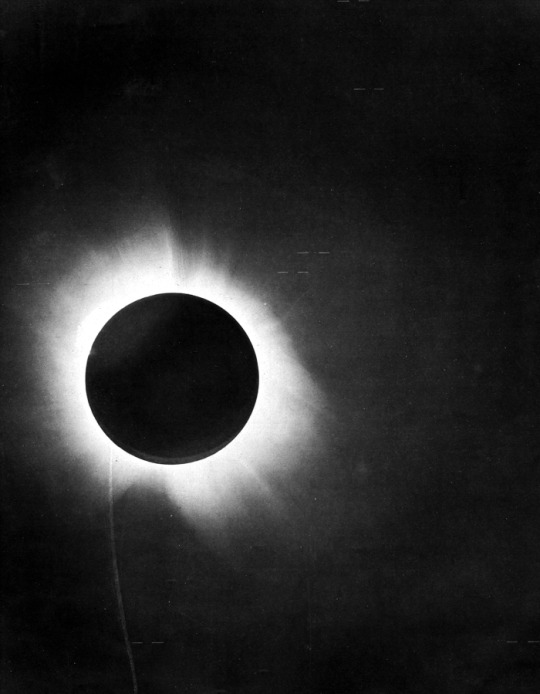
That’s where the May 29, 1919, total solar eclipse comes in. Two teams were dispatched to locations in the path of totality — the places on Earth where the Moon will appear to completely cover the face of the Sun during an eclipse. One team went to South America and another to Africa.
On eclipse day, the sky vexed both teams, with rain in Africa and clouds in South America. The teams had only mere minutes of totality during which to take their photographs, or they would lose the opportunity until the next total solar eclipse in 1921! However, the weather cleared at both sites long enough for the teams to take images of the stars during totality.

The teams took two sets of photographs of the same patch of sky – one set during the eclipse and another set a few months before or after, when the Sun was out of the way. By comparing these two sets of photographs, researchers could see if the apparent star positions changed as predicted by Einstein. This is shown with the effect exaggerated in the image above.
A few months after the eclipse, when the teams sorted out their measurements, the results demonstrated that general relativity correctly predicted the positions of the stars. Newspapers across the globe announced that the controversial theory was proven (even though that’s not quite how science works). It was this success that propelled Einstein into the public eye.

The solar eclipse wasn’t the first test of general relativity. For more than two centuries, astronomers had known that Mercury’s orbit was a little off. Its perihelion — the point during its orbit when it is closest to the Sun — was changing faster than Newton’s laws predicted. General relativity easily explains it, though, because Mercury is so close to the Sun that its orbit is affected by the Sun’s dent in space-time, causing the discrepancy.
In fact, we still test general relativity today under different conditions and in different situations to see whether or not it holds up. So far, it has passed every test we’ve thrown at it.
Curious to know where we need general relativity to understand objects in space? Tune into our Tumblr tomorrow to find out!
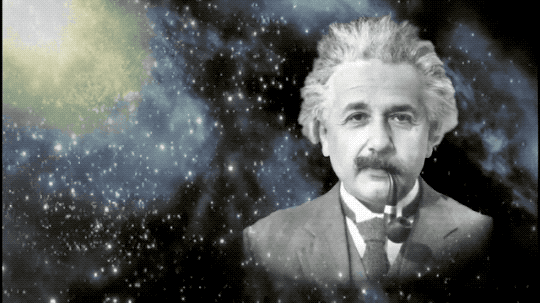
You can also read more about how our understanding of the universe has changed during the past 100 years, from Einstein’s formulation of gravity through the discovery of dark energy in our Cosmic Times newspaper series.
Make sure to follow us on Tumblr for your regular dose of space: http://nasa.tumblr.com.
3K notes
·
View notes
Text
16 notes
·
View notes
Video
youtube
NEW VIDEO! Man on the Moon video is finally here!!
23 notes
·
View notes
Video
vimeo
Almira Fawn from RPM Advertising + Production on Vimeo.
JJ Grey & Mofro, October 22,2017 Special Guest Almira Fawn Lochloosa written by JJ Grey Appalachia lyrics adapted by Almira Fawn
4 notes
·
View notes
Text
Lennon performing a small intimate show at 1075 The River / iHeartRadio Nashville on Monday 19th November 2018
15 notes
·
View notes
Photo
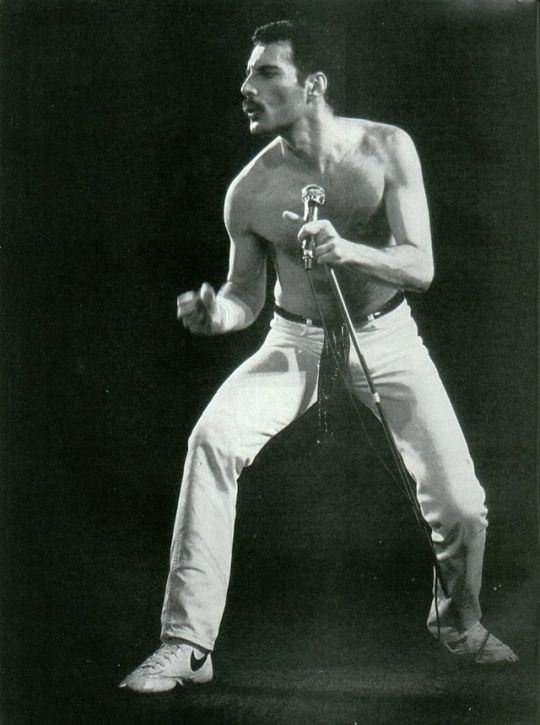
Freddie Mercury during the Hot Space tour.
706 notes
·
View notes
Video
1M notes
·
View notes
